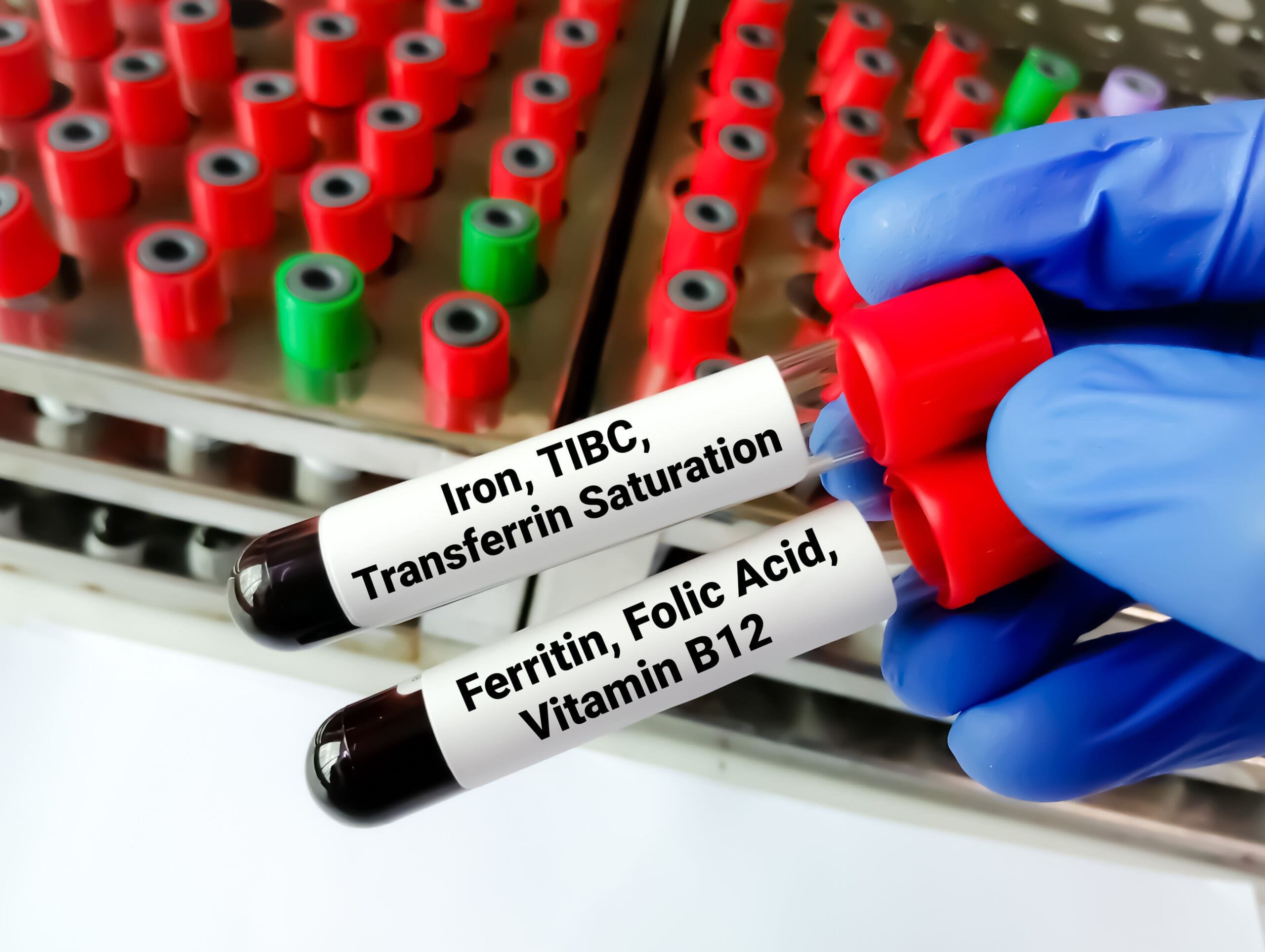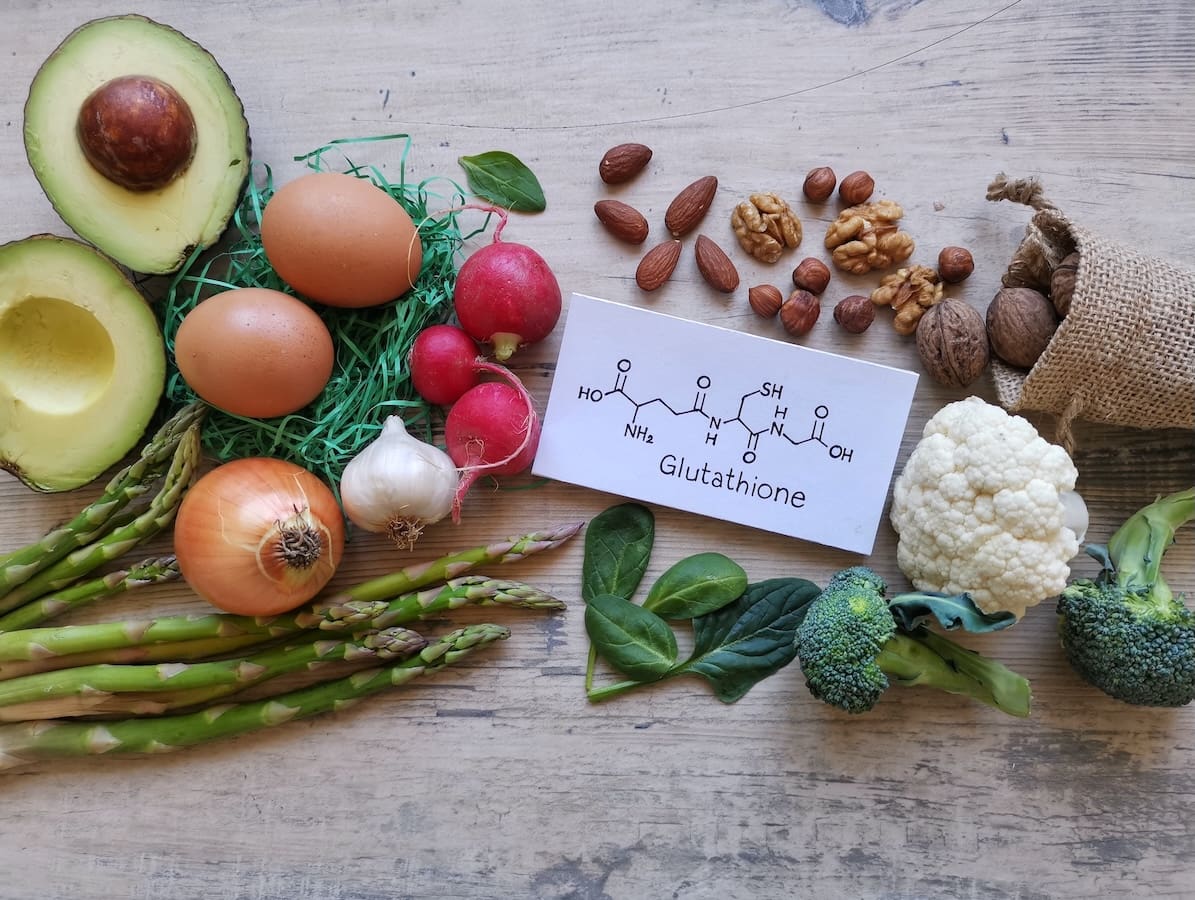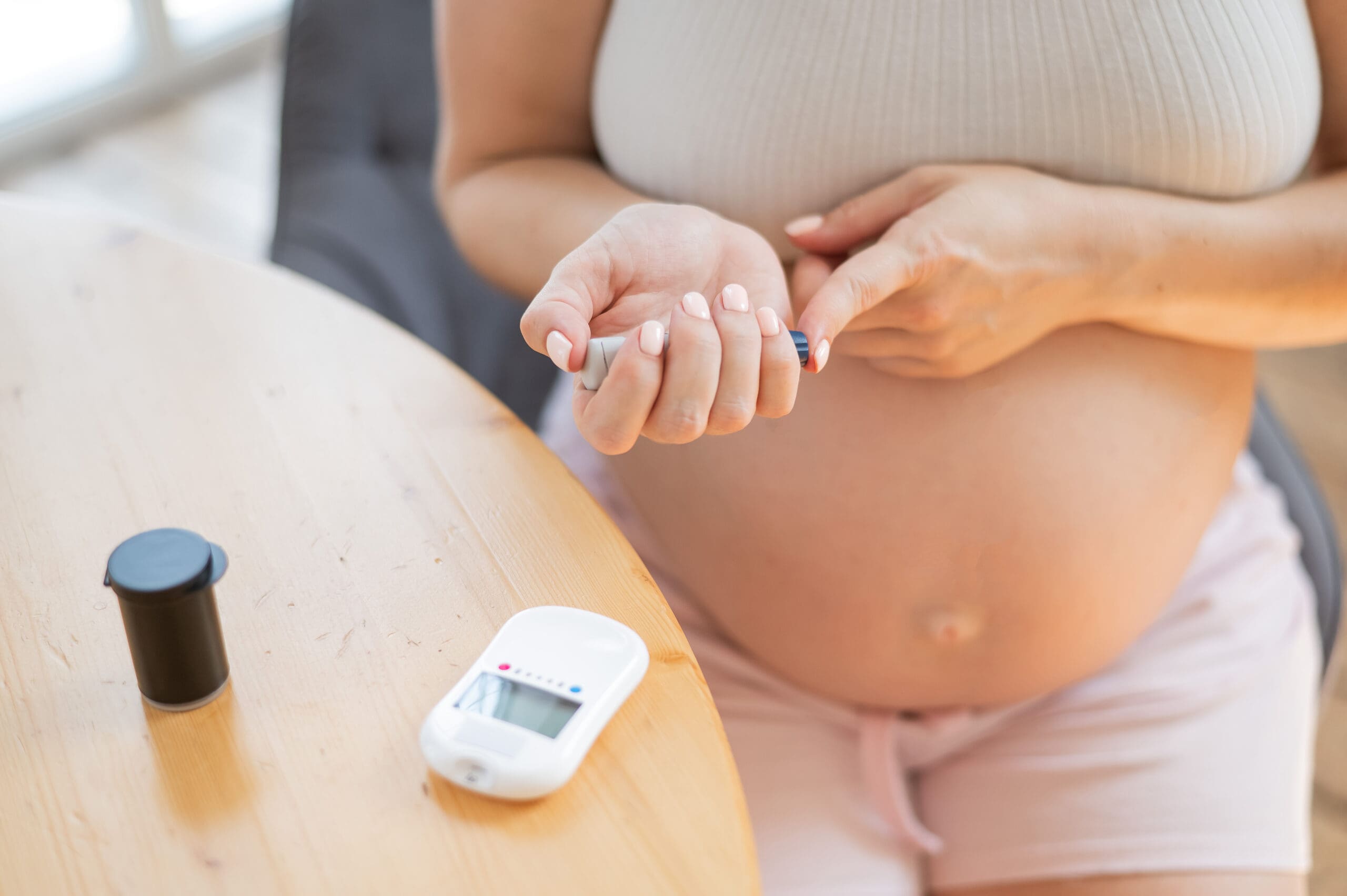Understanding Iron Levels in Your Body
By Dr Sandra Cabot
The condition of having too much iron in your body is a common one and yet for many doctors and their patients it is a confusing and complex subject. Everyone knows about iron deficiency, which is common in women, but when it comes to iron excess most people have no idea what it means.
The mineral iron would have to be the most essential mineral to animal life. We can do tests to measure all the forms of iron with one simple blood test and this enables us to see if you have too little iron in your body or too much iron in your body or just the right amount!
This is important as too little iron will make you weak and anaemic, and too much iron can cause a lot of diseases including cancer.
The liver has a big role in regulating how much iron is in your body
The liver makes a hormone called hepcidin, which controls how much iron is absorbed from the intestines. An average normal daily loss of iron from the body over several months is around 1 to 2 milligrams and this loss occurs from loss of intestinal cells and skin cells and in women from menstrual bleeding. To compensate for this daily loss of iron, the liver hormone hepcidin allows 1 to 2 mg of iron to be absorbed from food in the intestines. The balance is carefully controlled by hepcidin and it’s amazing that only 10% of daily dietary iron intake is absorbed. This is important because the body has no mechanism to excrete iron from the body, other than by abnormal bleeding.
To measure your iron levels, you should have your blood taken whilst you are fasting in the morning and do not take any iron supplements for at least 24 hours before your blood test.
What causes too much iron in the body?
Haemochromatosis
The inherited disorder of haemochromatosis causes severe iron excess or overload in the body. It is caused by an abnormal mutation (known as C282Y) in the HFE gene and you have to have 2 of these to have haemochromatosis. This abnormality causes an increased absorption of iron from the intestines around 3 times that of normal absorption. This occurs because of a deficiency in hepcidin in the liver. Haemochromatosis is rather common and affects 1 in 200 people of Caucasian race who carry two C282Y mutations on their HFE genes. Another type of gene mutation called H63D can cause iron overload in association with one C282Y mutation but to a much lesser degree. People with haemochromatosis can suffer severe consequences of iron overload including liver scarring (cirrhosis), liver cancer, heart disease, diabetes, arthritis, low sex hormones and a bronzing of the skin colour. The excess iron damages various organs in the body. It is important to diagnose haemochromatosis early by doing a blood test for the HFE gene mutation and iron studies to check serum iron, ferritin, transferrin saturation and serum iron. It is possible to prevent the excess iron from causing organ damage by removing blood on a regular basis. The treatment of blood removal is known as venesection. It may take many months or even several years to unload the body of excess iron and the venesections must be done regularly. Haemochromatosis disease is entirely preventable but a doctor must have a high degree of awareness of haemochromatosis in people of Caucasian descent.
High Ferritin
If the blood test reveals excessively high levels of ferritin this means that the stores of iron in the body are too high. This condition is much more common than haemochromatosis, which can be excluded by doing the test for the C282Y mutation in the HFE gene. If this mutation is not present then the cause of the high iron stores (ferritin) is not haemochromatosis. Only 10% of cases of high ferritin are caused by haemochromatosis.
The most common causes of high ferritin are –
- Syndrome X and fatty liver caused by high insulin levels
- Liver disease
- Diabetes
- Obesity
- Cancer
- Infection
- Problems with the immune system causing excess inflammation
- Excess alcohol intake
If blood tests show your ferritin levels are between 300 to 1000 mcg/L, you have too much iron stored in your body and you could have any or several of the above causes.
If your blood ferritin levels are below 1000mcg/L and you do not have hereditary haemochromatosis there is not a high risk of liver damage from iron overload. If your blood ferritin levels are above 1000mcg/L you should be referred to a liver specialist (hepatologist) as you have an increased risk of cirrhosis and liver cancer. Many people with high ferritin levels are excellent candidates to become a regular blood donor as this can safely reduce the high ferritin levels. Talk to your doctor about an appropriate referral to the Red Cross Blood Service in your country.
Recently I had a male patient born in 1959 who was a heavy chronic drinker and was overweight with high insulin levels and a fatty liver. His liver enzymes were way too high reflecting liver inflammation and his blood ferritin levels were moderately elevated at 650mcg/L. He decided to get healthy as he did not feel well and had a family history of cancer and autoimmune disease. I started him on a healthy diet and he quit all alcohol as he was very worried he would get cancer as several of his family members had died. He also decided to become a blood donor.
Within 6 months all his blood tests were normal with completely normal liver enzymes and a ferritin level well below 300mcg/L. He had also lost a considerable amount of weight especially from around his abdominal area.
We can greatly reduce our risk of liver disease, cancer and diabetes by improving the liver function. I also encourage those with high blood ferritin levels to become a regular blood donor – this may add many years to your life.
Blood Test for Iron Studies
| Substance | Normal range | Function |
|---|---|---|
| Iron | 5.0 to 30.0 umol/L | Free iron in blood (cash) |
| Total Iron Binding Capacity (TIBC) | 46 to 77umol/L | Quantity of iron your blood can hold |
| Transferrin | 2.0 to 3.6 g/L | The protein that carries your iron around your blood stream |
| Saturation | 10 to 45% | Amount of transferrin that is carrying iron |
| Ferritin | 15 to 300 ug/L | Amount of stored iron in your body (savings) |
Iron is needed to carry oxygen around your blood stream for all your cells.
How is iron distributed in the body?
Three quarters (75%) of the body’s total iron content is found inside the red blood cells and is part of a protein called hemoglobin found inside the red blood cells. Oxygen is attached to hemoglobin which enables the red blood cells to carry life giving oxygen to every cell in our body. Ten to twenty percent of iron is stored in a protein called ferritin. Ferritin stores iron in a safe form in the tissues such as the liver, spleen and bone marrow and cells lining the intestines. Five to ten percent of the iron is transported around the body on another protein called transferrin. A small amount of iron is free in the blood.









Leave A Comment